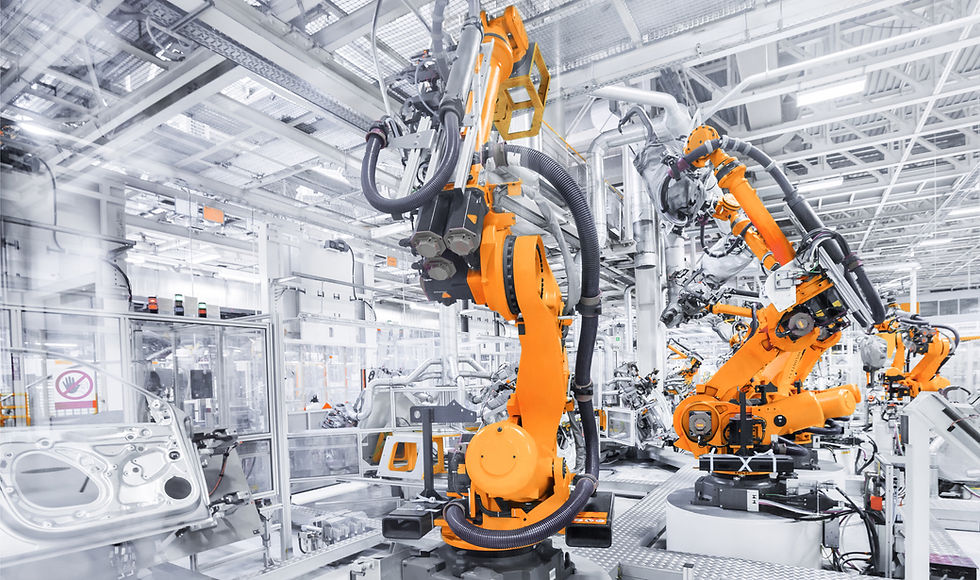The Microchip Shortage: What You Need to Know
- Advantage Worldwide

- Sep 10, 2021
- 2 min read
It’s been one of the more unexpected consequences of the pandemic. Along with the widely publicised shortages of toilet paper, hand sanitiser and medical supplies, since late 2020, microchips have become increasingly unavailable.
There is now a severe shortage of microchips, affecting industries on a global level.

These tiny semiconductor chips are used in practically every modern convenience. Almost every device with a battery or a plug needs a microchip, from laptops and smartphones to car airbags and industrial robots.
How did it start?
We first noticed something was up when shortages hit consumer electronics. In particular, the gaming industry. Suddenly there was a big order backlog for the Playstation 5 and the new Xbox. But, because microchips are so ever-present in today’s world, the scarcity was soon felt in many more industries worldwide.
Why is it happening?
Demand was already at an all-time high. Thanks to the growth areas of cloud computing, green tech, 5G, artificial intelligence, robotics and cryptocurrency, the need for chips has gone through the roof. And then the pandemic happened…
What was the effect of the pandemic?
The huge increase in working from home and the increased need for home entertainment created a surge in demand for electronics. PC sales rose by 13% last year, and the push towards video calling meant that data centres needed to boost capacity. At the same time, many fabrication plants closed down temporarily.

Which industry has been hit hardest?
The car industry has taken a battering. Modern cars contain around 3,000 chips, and the shortage has affected assembly lines across the globe. It is expected that the global output will drop by 4 million cars this year.
During the pandemic, car purchases took a nosedive. This meant that the electronics companies jumped to the front of the queue for microchips while car manufacturers cancelled their orders. Now, when they’re ready to start production again, they’re finding themselves at the back of the queue.
What’s the consumer impact?
We’re seeing a restriction in the supply of cars for sale, along with rising prices. Plus, those nice premium extras like navigation systems are being dropped.
In the electronic industry, prices for computer memory have risen around 30% since Jan 2020. This means laptops and printers are now more expensive. TVs, smartphones and home appliances look set to rise in price too.
How about the logistics industry?
According to the Association of European Vehicle Logistics (ECG), LSPs are facing a crisis. Key players in automotive logistics have warned that their “very existence” is under threat.
ECG reported: “The industry has never been so unpredictable, and planning has become impossible with supply chain visibility in vehicle manufacturing almost non-existent in the lower tiers. A consequence is an almost total absence of meaningful volume forecasts to logistics operators.”
How long will the shortage last?
We should be prepared for the long haul. It will be at least a couple of years before production is back to pre-pandemic levels. Product delays and part shortages are going to continue for some time to come.





Comments